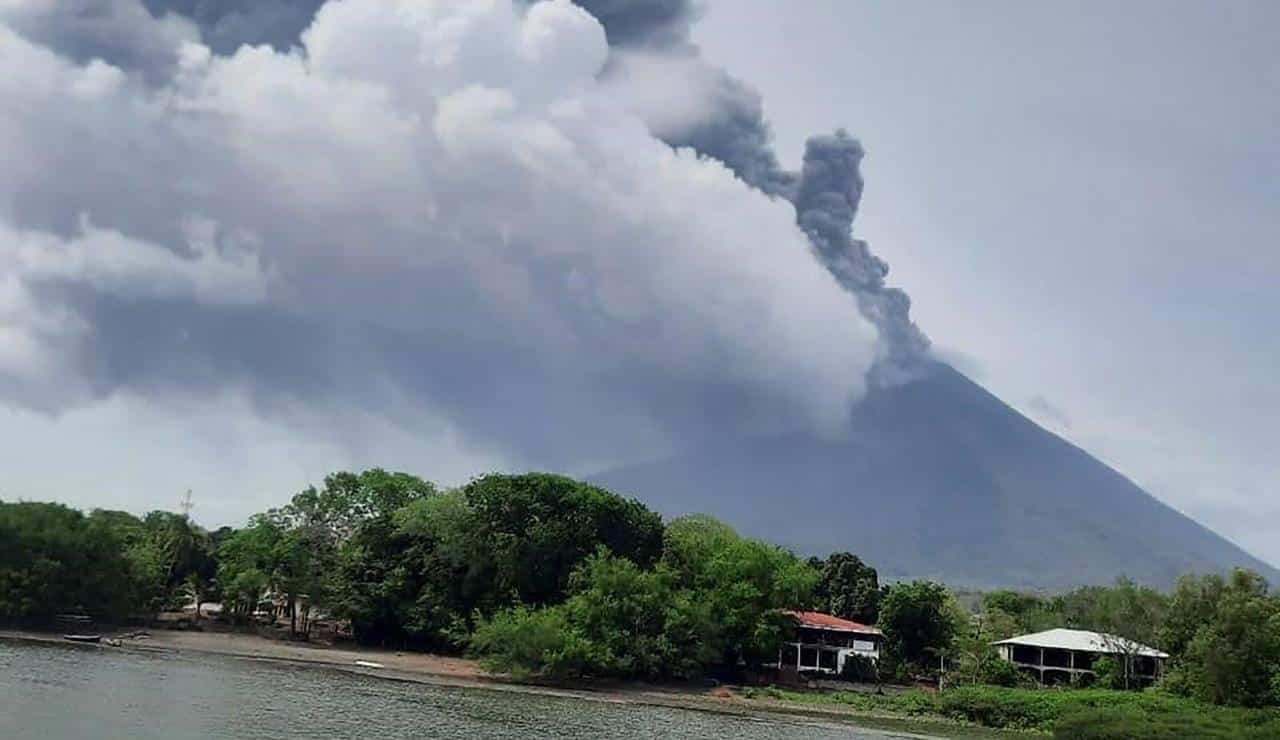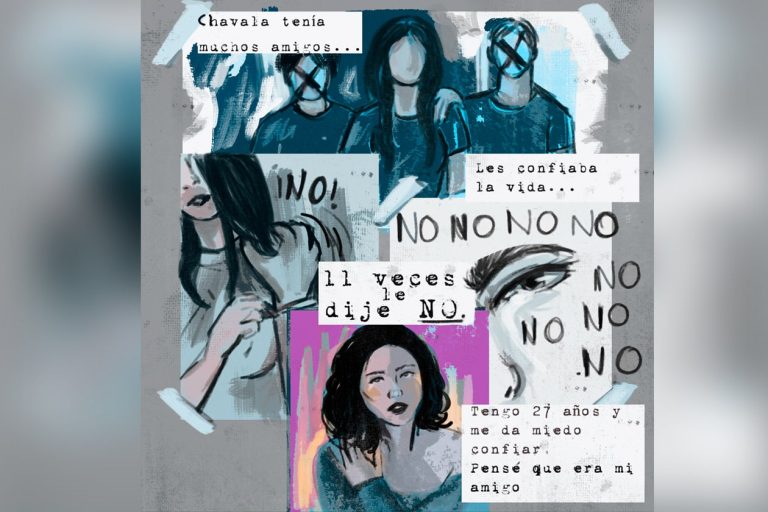30 de octubre 2020

Strong Explosions from Concepcion Volcano on Ometepe Island, Nicaragua

PUBLICIDAD 1M
PUBLICIDAD 4D
PUBLICIDAD 5D
New report documents hundreds of denunciations on Twitter, including cases of rape, sexual harassment, child pornography and pederasty.

New report documents hundreds of denunciations on Twitter
“I was 14 years old when they disseminated my pictures. I was studying in a Catholic school. Everybody called me a slut. He was 17 when he began to write. I believed everything he said to me. Even though four years have passed, my fingers still tremble as I write this. It’s still hard for me to talk about it. I’m afraid my family will find out.”
This testimony is from the “430 Voices” report, prepared by the feminist collective “Devuelvan lo robado” [“return what was stolen”]. The group analyzed and systematized Twitter denunciations of macho aggression and violence during the eight days from April 9- 16. Tweets came from women, teenagers and also from men denouncing abuses committed by other men.
The report summarizes the importance of making these denunciations visible. “The stories from women who’ve opted to name the violence they’ve lived, let us see the cracks in impunity. We know that these aren’t all of them. We know that we’re more. It’s important to turn our gaze to the magnitude of the violence around us and reveal it.”
The movement for collective denunciation arose after news of a WhatsApp group called “La Liga” [The League] was revealed. Some twenty men in this group were sharing intimate photos of their girlfriends, friends and other young people. The men had convinced these women to exchange nude photos with them. However, the photos were then shared without consent. After reading the stories of violence, more women joined in to denounce their aggressors.
Of the total number of denunciations recorded, 201 were posted on personal accounts and 228 on other accounts. One such account was “El blog de la denuncia” [“The denunciation blog”]. Other victims used the accounts of people close to them or created new profiles specifically for this purpose.
The report grouped the denunciations according to the specific acts of violence suffered. The five largest categories of denunciations were:
Other complaints appeared in lesser numbers. These included crimes of child pornography, pederasty, and harassing minors. However, the group explained that those posting the denunciations often mentioned more than one type of aggression.
Ana, 24, is one of the victims. She tells how she attended a party to welcome new university students when she was 16. At the party, she drank a beer and lost consciousness.
“I only knew one person there. I drank a beer, and a little later I began to feel dizzy. When I awoke the next day I was at home,” she said.
As a result of this, Ana got pregnant. When she confronted the man she’d been last seen with that night, he told her she was crazy. He insisted that the child must be someone else’s. Months later, a supportive friend convinced her to make a formal complaint, and she decided to go to the police.
However, when she got there, they questioned why she hadn’t come previously. They insinuated that her intention was probably to get money from him. In the face of these accusations, she stopped pursuing the matter and faced her motherhood alone. But even at the moment of giving birth, Ana faced harassment from the obstetrician.
“In the delivery room, the doctor kept telling me to push. I was moaning from the pain. He said: ‘Girl, you’re holding back the process. Is that how you moaned when you were screwing?’”
The wave of denunciations shared two important elements. First, 41% of the victims had the courage to tell their stories on their own accounts, using their real names. Secondly, 75% of them identified the aggressor by their full name.
According to the analysis of the Devuelvan lo robado group:
The majority of the abuse cases which were described in detail occurred in a house. This included houses belonging to the aggressor, friends, family members or beach houses. Other cases occurred at bars, discotheques, or parties.
The collective stated: “We feel it’s important to mention that among these denunciation were 7 testimonies from men. These disclosed abuse from other men (when they were minors). There was also a denunciation from a woman, accusing her former partner who was also a woman.”
Of the 430 complaints, only 122 gave details of the survivors’ ages and that of the aggressors. Of those, 94 of the survivors were between 11 and 18 at the time. There were also 22 whose victims had been girls between 4 and 10. Three denunciation spoke of violence towards women between 19 and 30.
When the aggressors were grouped by age, 20 of them were between 12 and 19. There were 15 men between 20 and 28 years old, and seven men between 30 and 60 years old.
“If your denunciation names another person who experienced violence, remember to ask for their consent first. Or, avoid giving their personal information and identifiable data that could violate their privacy.”
Archivado como:
PUBLICIDAD 3M
Confidencial es un diario digital nicaragüense, de formato multimedia, fundado por Carlos F. Chamorro en junio de 1996.
PUBLICIDAD 3D